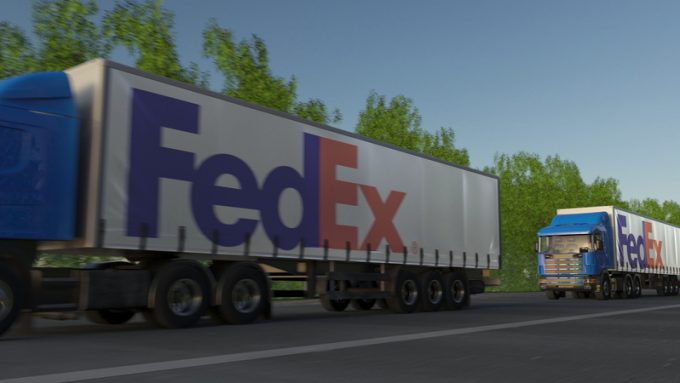One heart, one soul... 'One FedEx' corporate structure revealed
Bring the LTL spin-off now…

Capacity problems have become a fact of life for shippers, but few had as little time to deal with a shortfall as those companies that were informed by FedEx Freight on Friday, 11 June that the LTL firm would stop picking up their shipments the ...

Comment on this article